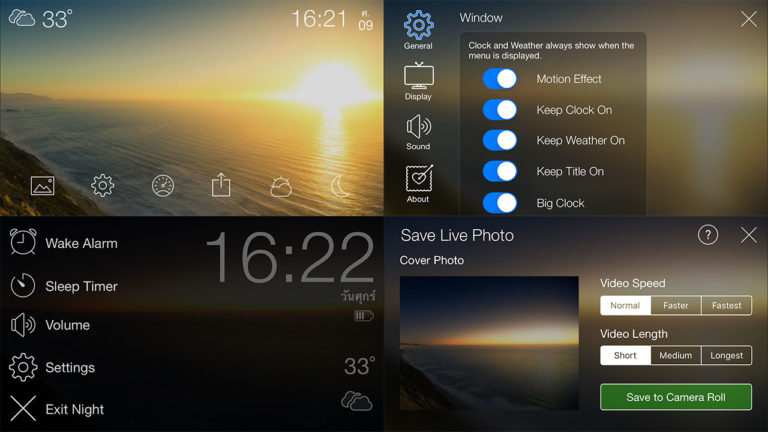
The lack of support for these authentication methods means that users can't unlock their screens in a remote session. The Windows lock screen in the remote session doesn't support Azure AD authentication tokens or passwordless authentication methods like FIDO keys. Conditional Access policies with grant controls and session controls may be applied to the application Microsoft Remote Desktop (a4a365df-50f1-4397-bc59-1a1564b8bb9c) for controlled access. If your organization has configured and is using Azure AD Conditional Access, your device must satisfy the conditional access requirements to allow connection to the remote computer. Specify the name of the remote computer and select Connect. For more information, see Supported RDP properties with Remote Desktop Services. This option is equivalent to the enablerdsaadauth RDP property. Select Use a web account to sign in to the remote computer option in the Advanced tab.

Launch Remote Desktop Connection from Windows Search, or by running mstsc.exe.
Download magic window update#
Windows Server 2022 with 2022-10 Cumulative Update for Microsoft server operating system (KB5018421) or later installed.
Download magic window for windows 10#

If the user who joined the device to Azure AD is the only one who is going to connect remotely, no other configuration is needed.It's recommended to select Require devices to use Network Level Authentication to connect option.
Download magic window Pc#
Remote device must have the Connect to and use this PC from another device using the Remote Desktop app option selected under Settings > System > Remote Desktop.Both devices (local and remote) must be running a supported version of Windows.Starting in Windows 10/11, with 2022-10 update installed, you can use Azure AD authentication to connect to the remote Azure AD device.Starting in Windows 10, version 1809, you can use biometrics to authenticate to a remote desktop session.Windows supports remote connections to devices joined to Active Directory s well as devices joined to Azure Active Directory (Azure AD) using Remote Desktop Protocol (RDP).


 0 kommentar(er)
0 kommentar(er)
